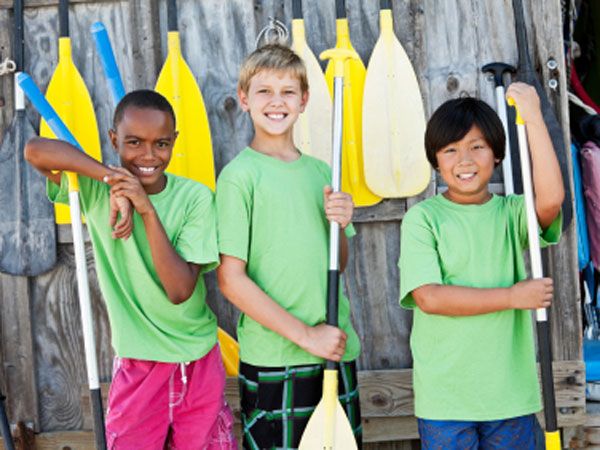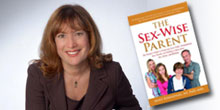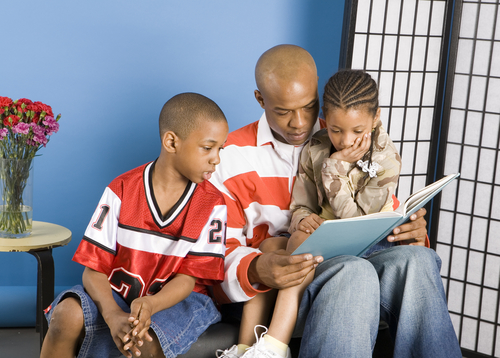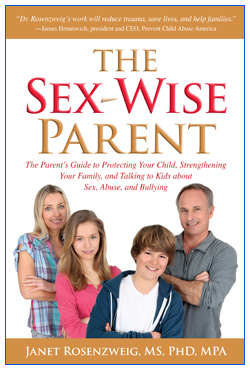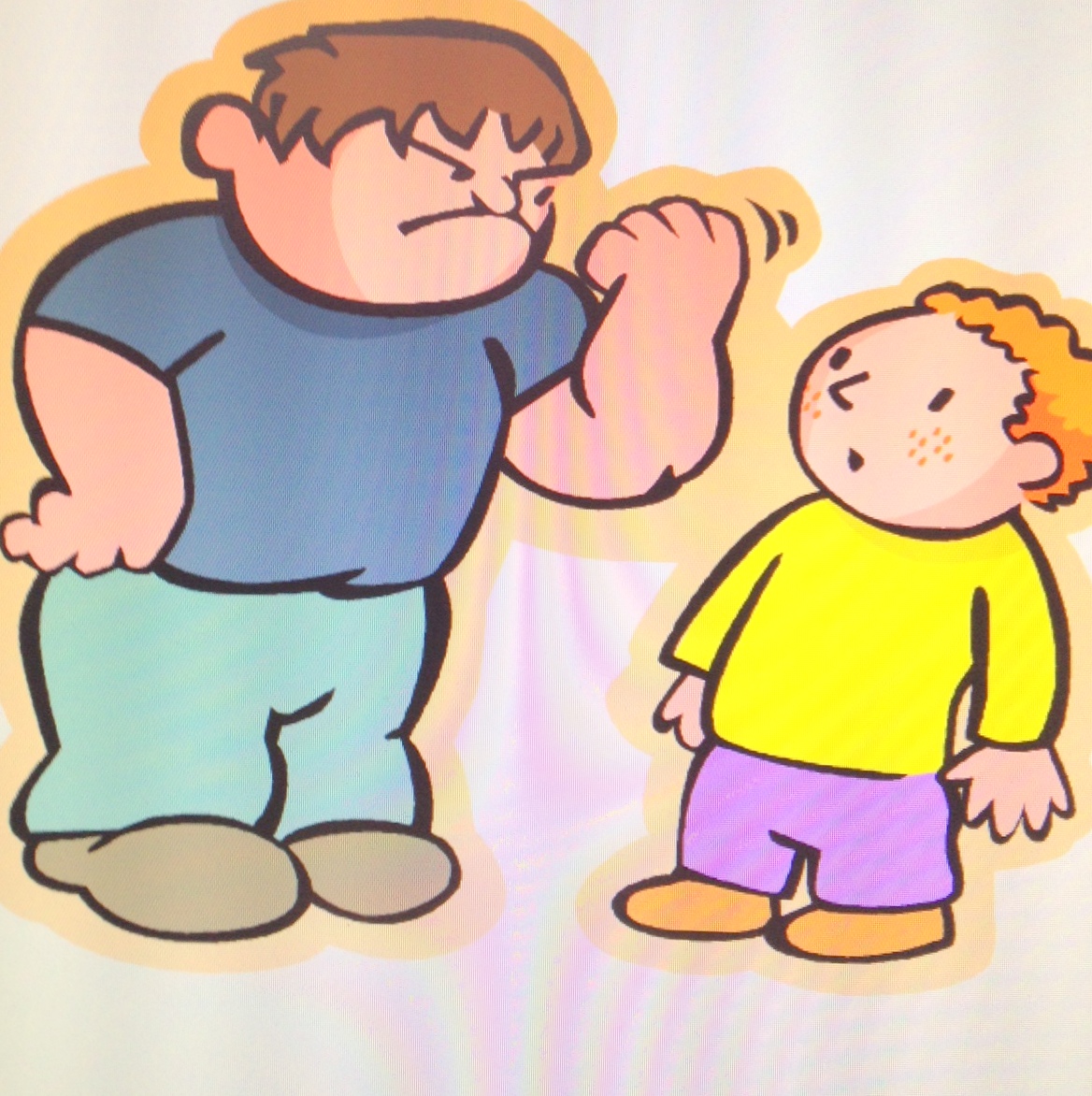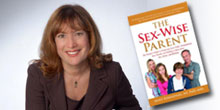The school year will end before you know it, and NOW is the time to make summer plans for kids. Some parents look for a summer program that is educational; others look for a program that builds a special skill; many pick a program with hours that match parents work schedules. Regardless of why a program is chosen, one thing should be certain: that the camp is run in a way to keep children safe.
Let’s go through a typical camp day to see some how a camp can ensure a child’s physical and emotional comfort and safety.
If the children will be picked up, will there be someone other than the driver to provide supervision? Excited kids can get unruly and distract a driver; an older child assigned to lead songs and keep order may be enough if no staff member is available. If parents drop off the children, are there procedures in place to ensure that the child passes from the parents supervision directly to a staff member? Is there a safe path to travel when the child leaves the car?
Camp administration should check the background and references for all people who have access to children. This includes maintenance and food services staff as well as the counselors, teachers or volunteers working directly with kids. It is common for summer camps to employ students; these young folks should participate in pre-service training to learn the rules, values and standards of the camp, and be assigned a supervisor who really supervises!
Parents need to know how children are monitored as they move about the camp, for example if a child needs to use the bathroom. If the policy is to let children go alone, a time limit of no more than 5 minutes should be set. Tight supervision is a must for field trips; assigning buddies and performing constant head counts are basic tools of the trade.
Parents should always be able to observe a camp day. The camp should have a procedure requiring parents to sign in, and parents should be respectful and not interfere with camp activities.
The camp should maintain a list of people allowed to pick up children provided by parents at registration. Honor the process by avoiding last minute changes that the camp can’t verify.
Emotional safety requires attention. If swimming if offered, have the staff been prepared to handle children’s discomfort about changing clothes in front of others? If there is a focus on sports, are all children encouraged to participate? Is competition kept to a healthy level? Is the discipline consistent with parents’ values? And, how to they stop bullying?
A parent could learn about these issues by interviewing the camp director, or talking to parents who sent their children in prior years. If the program that’s most convenient for you because of location, cost or hours does not meet all of these standards, the administration may be willing to take some of your suggestions!
Throughout the summer, parents should ask kids questions on these topics. Summer should be a time of relaxed fun for children and parents will be able to relax themselves when they know they have chosen a safe summer program for their children.
Find a checklist to take on your camp tour at
www.SexWiseParent.com/resources
and share it with the other parents in your life!
This article originally appeared @Philly.com!
http://www.philly.com/philly/blogs/healthy_kids/Choosing-a-safe-summer-program-for-children.html

